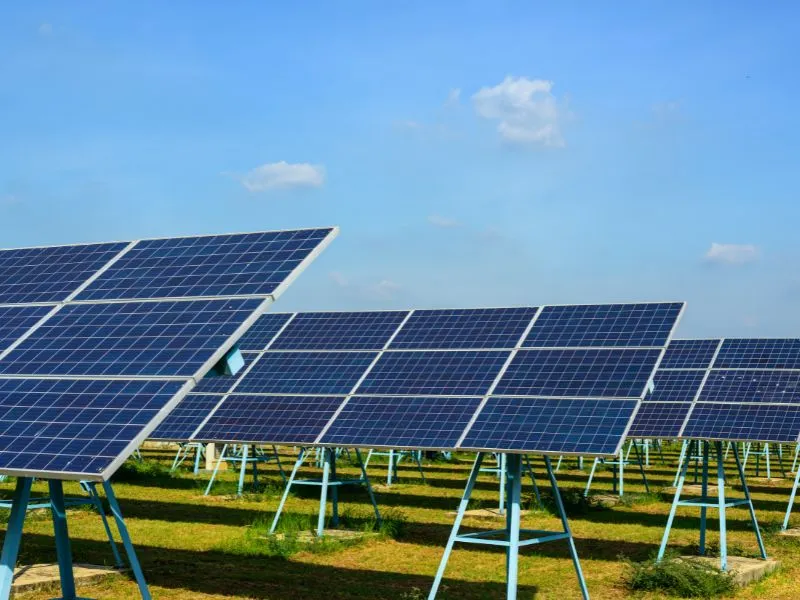Table of Contents
ToggleIntroduction:
Switching to solar energy is an excellent way for homeowners to reduce their carbon footprint and save money on electricity bills. One crucial factor in determining the effectiveness of a solar installation is the size of the system. In this blog, we will explore how homeowners can estimate the appropriate solar system size for their specific needs. By understanding the key considerations and following a simple process, homeowners can make informed decisions and maximize the benefits of solar power.
Section 1: Assessing Energy Consumption
To estimate the size of a solar system, homeowners should start by evaluating their energy consumption. Consider the average monthly electricity usage, taking into account seasonal variations. This information can be obtained from utility bills or by accessing online energy usage portals provided by utility companies.
Section 2: Understanding Solar System Sizing Factors
a. Solar Irradiation: The amount of sunlight that reaches your location affects the system size needed to generate sufficient electricity. Regions with higher solar irradiation require smaller solar systems to produce the desired energy output.
b. Roof Space and Orientation: Evaluate the available roof space and its orientation towards the sun. A roof with ample unshaded area, facing south or west, is ideal for solar panel installation.
c. Efficiency and Technology: Solar panel efficiency and technology have improved over the years. Higher efficiency panels can generate more electricity from the same amount of sunlight, potentially reducing the required system size.
Section 3: Solar System Size Calculation
Step 1: Determine your daily energy consumption: Divide the average monthly energy consumption by 30 to obtain the daily energy consumption in kilowatt-hours (kWh).
Step 2: Consider solar irradiation: Research the average solar irradiation in your area. Multiply your daily energy consumption by a factor that accounts for solar irradiation. This factor can be obtained from solar energy calculators or consulting with solar professionals.
Step 3: Account for panel efficiency: Adjust the calculated solar system size based on the efficiency of the solar panels. Divide the estimated system size by the efficiency percentage to obtain the final recommended system size.
Section 4: Seeking Professional Guidance
While the above estimation method provides a general idea, it’s essential to consult with a professional solar installer or use reputable online solar calculators for a more accurate assessment. These resources take into account additional factors like local climate, shading, and specific equipment options.
Conclusion:
Estimating the appropriate solar system size is a crucial step in planning a successful solar installation. By assessing energy consumption, considering solar irradiation, evaluating roof space and orientation, and accounting for panel efficiency, homeowners can arrive at an estimate of the system size that meets their needs. However, consulting with solar professionals and utilizing reliable online resources is highly recommended to ensure an accurate evaluation. Embrace the power of solar energy and make an informed decision that benefits both the environment and your household.
Disclaimer: The information provided in this blog is for informational purposes only and should not be considered as financial or technical advice. Homeowners should consult with qualified professionals to obtain personalized advice based on their specific circumstances.


